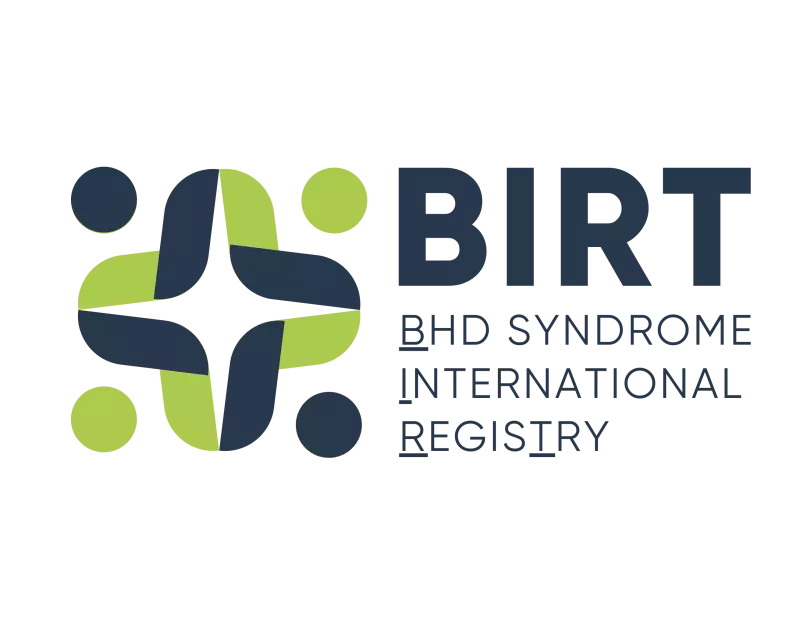An alternative to surgery for BHD kidney cancer
22 Sep 2023
Kidney cancer occurs in up to 1 in 3 people with Birt-Hogg-Dubé syndrome (BHD). Normally, any kidney tumours are surgically removed if they reach 3 cm in size. Surgeons will aim to preserve as much of the kidney as possible. This is because people with BHD may need multiple surgeries. However, surgery may not always be the best option. For example, the tumours may be in a part of the kidney that is difficult to operate on or in which surgery would lead to reduced kidney function. Therefore, alternative options to surgery for BHD kidney cancer are needed. A report was published looking at the outcomes of people with BHD who underwent percutaneous thermal ablation (PTA) to treat their kidney cancer.
What is percutaneous thermal ablation?
PTA is a non-surgical procedure that uses extreme heat or cold to destroy cancer cells. It is used to treat many different cancers. However, it is not routinely used in the treatment of BHD kidney cancer. There are many types of PTA. The most common are called radiofrequency, microwave and cryoablation. The type you get may depend on the experience of the person carrying out the procedure as well as the size and location of the tumour.
What did the researchers do?
This study looked at anyone with BHD who underwent PTA between 2007 and 2021 under the Reference Centre of the National Network for Rare Cancers in Adult PREDIR in France. In this timeframe, 6 people with BHD were identified. 4 people had previous surgery on the same kidney and one person had their other kidney completely removed. A total of 19 tumours were treated across 14 PTA sessions. Most of these tumours were treated using radiofrequency PTA. One was treated using microwave PTA and another tumour was treated using cryoablation.
All the tumours were treated successfully. This means that there was no evidence of the tumour remaining or spreading after treatment during the follow-up period (an average of 74 months). 5 of the people treated had chronic kidney disease. There was a slight reduction in kidney function after PTA in these people. However, none of the people treated developed kidney failure or required dialysis.
What did they learn?
In this study, PTA was found to be a successful way of treating kidney cancer in people with BHD. PTA has both benefits and limitations compared with surgery. PTA can be carried out without the need for general anaesthetic. General anaesthetic can increase the risk for having a collapsed lung in people with lung cysts due to BHD. It also appears that multiple rounds of PTA can be carried out successfully. However, it should be noted that surgery can be more challenging after ablation.
PTA could be particularly relevant for people in which surgery might not be suitable. This includes the elderly or people with reduced kidney function. However, the number of people in this study was very small. A larger study that could directly compare the effectiveness of PTA with surgery would be warranted.
Take part in research
As BHD is a rare condition, it is often difficult to get enough people to take part in a study to be able to draw conclusions. We launched the BHD Syndrome International Registry to capture as much information about BHD as possible.

